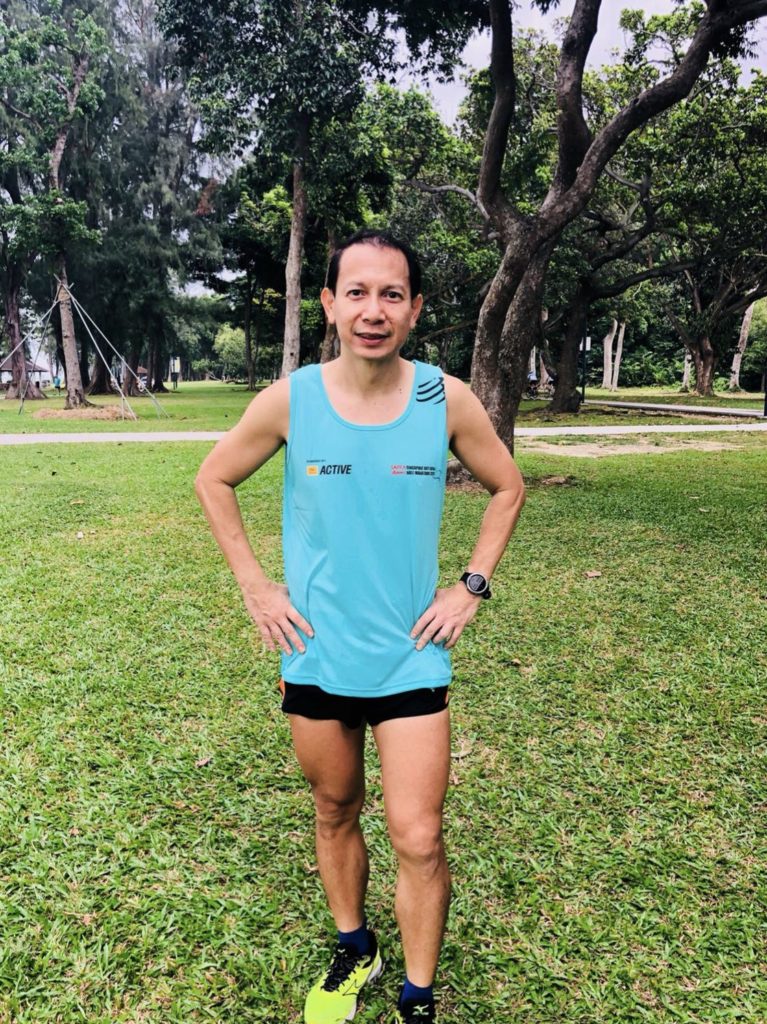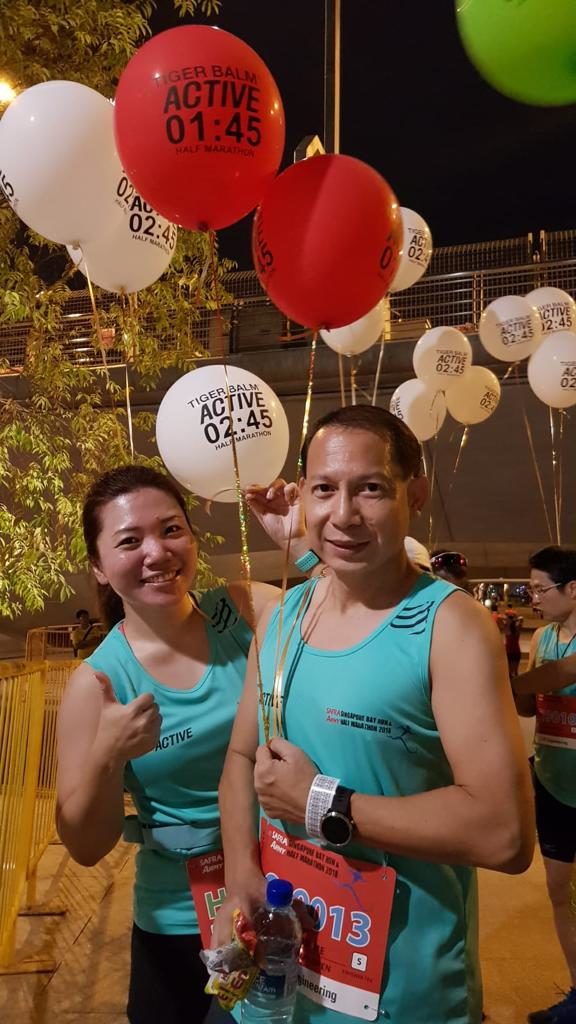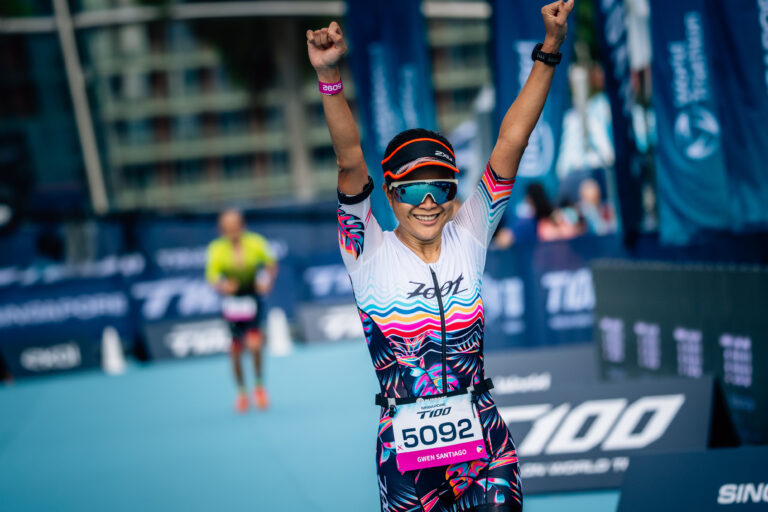At every road race, you’ll see a group of similarly attired runners that are part of the official pace team. The pacers’ work scope are to help as many runners as possible achieve their targeted finish times.

In order to be a successful pacer, one has to sacrifice the chase for a personal best finish and not really compete in the race. This group of runners typically have vast race experiences to guide, motivate and ensure accompanying participants finish their race according to their expected finishing time.
The best example of this is at the recent concluded INEOS1:59/Breaking2 project, with a rotating seven-man team of pacers for Eluid Kipchoge to achieve the sub-2hr marathon finish.
The sole responsibility of a pacer is to maintain and set a desired running pace throughout the race. For example, if a pacer is targeting to finish a half-marathon in 2 hours and 30 minutes, he or she will cross the finish at this time, give or take a minute either way.
Following runners would have kept up with the pacer for the whole race, on the promise that as long as they keep up they will achieve the same target time.

Like all participants, the pacers will also face multiple challenges such as terrain and road conditions as well as keeping themselves hydrated while adhering to the scheduled pacing plan. Race organisers will usually plan for multiple groups of pacers with different speeds for runners of all abilities.
Generally, pacer balloons and bibs will be affixed to each pacer. Runners would be able to spot and identify them from afar. Optional items that pacers usually carry include a whistle, and head lights or light stick for night or predawn races.
Behind the scenes, months of training on the race route would be needed to know and understand the corners, bends, gradients and hydration station spacing. Pacers will train and coordinate their pacing strategy, taking into the consideration the slower starting pace due to crowds on race day. There will usually be a steady buildup to a quicker pace during the race to compensate for the slower start.








Comment (0)